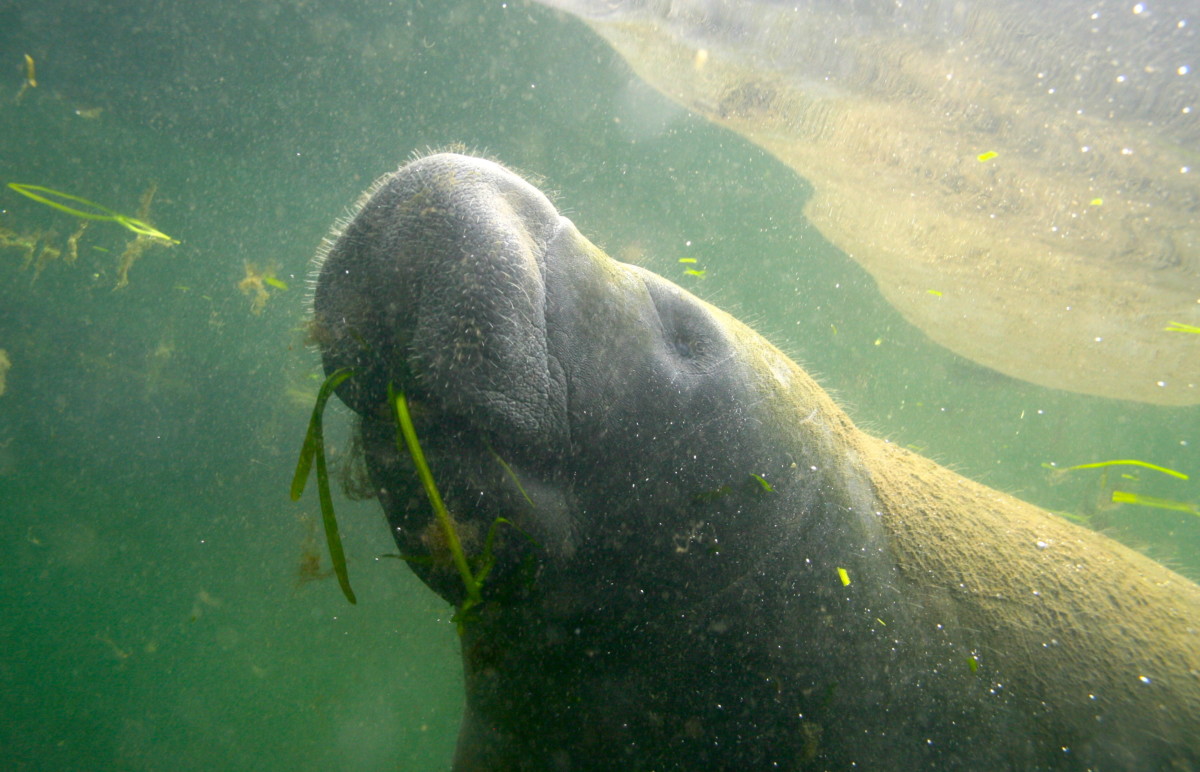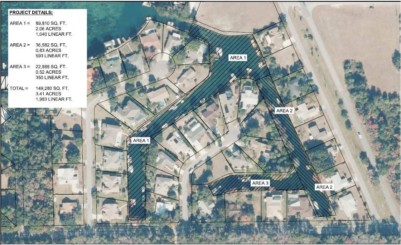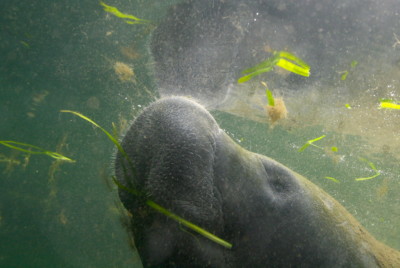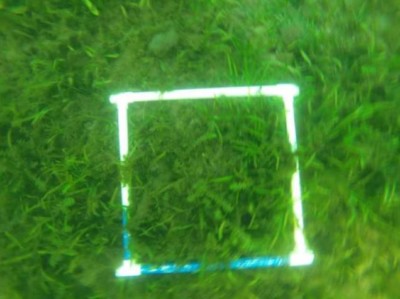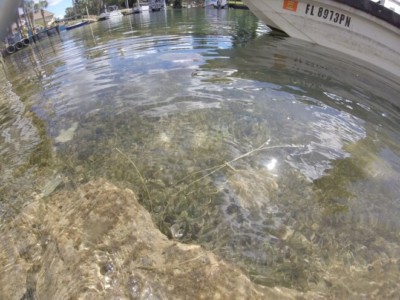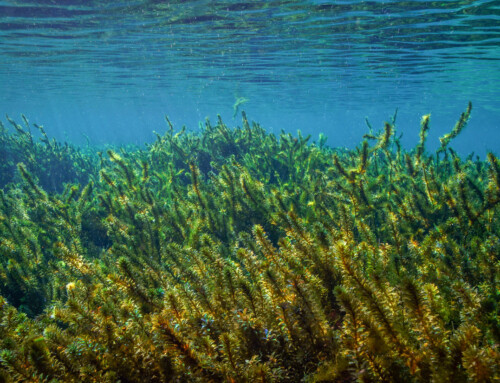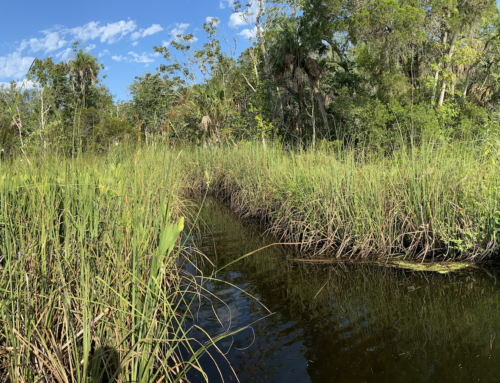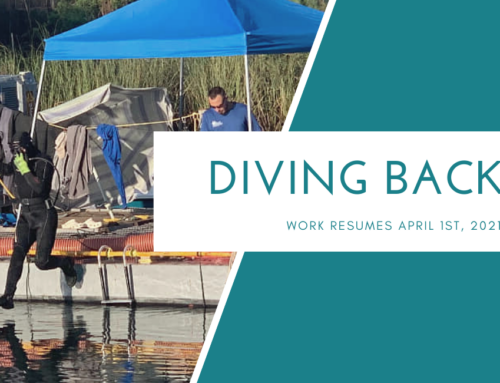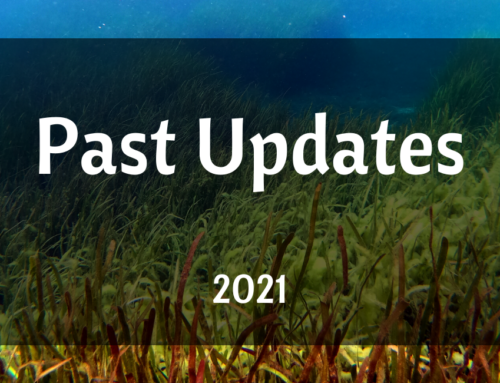Eelgrass meadows flourish once again in Kings Bay!
Three years ago in 2015, the first season of restoration started in Kings Bay. The pilot phase assessed if 3.41 acres of canals could be cleaned and restored to keep the invasive Lyngbya from clogging up this Outstanding Florida Waterway. We are thrilled to say that it has been a great success! The original 1800 plants have flourished into an eelgrass meadow that scientists estimate to be 5 million plants!
In June 2015, Florida’s legislative leaders approved $1.6 million for the Kings Bay Restoration Project. The appropriation and the Environmental Conservation and Preservation Committee is funding a 15-month project to remove Lyngbya, restore canal bottom vegetation, and monitor the new native grasses along 3.41 acres of canals that feed Kings Bay. This process will create a resilient ecosystem that will eventually out compete the Lyngbya and bring back crystal clear waters to Crystal River.
This phase of the project opened up 74 new and previously unidentified spring vents, removed 8,000+ cubic yards of Lyngbya and other detrital material, and used 360 manatee-friendly exclusion cages to protect the eelgrass. Since the initial planting, monitoring efforts of the area have been ongoing.
In the first year of monitoring (2016), the eelgrass was found to have a 97% survival rate which is higher than the global average of 50%. Typically, during the initial period following grass transplanting there is a stress response as the relocated eelgrass adjusts to the physical disturbance of relocation and acclimation to a new environment. No signs of stress were found in the plants, which may be attributable to the use of the manatee-friendly exclusion cages. Eelgrass shoot densities and coverage was deemed acceptable by project scientists. The first year of monitoring found the plants thriving in the pilot phase of the project.
Read the first year monitoring report here.
The second year of monitoring (2017) found a reduction of 5% survival rate to the plants. The 92% survival rate is still well above the global average 50% survival rate and much higher than the targeted 80% survival rate. Manatee exclusion cages were removed 10 months prior to the annual monitoring report. This may have had a small effect on plant survival as the herbivores can now access the eelgrass plants. Typically when the green grass shoot is eaten, the plant will regenerate more grass. However, sometimes the wildlife will yank the entire plant from the ground, but this is unlikely. Another factor to do with eelgrass survival rate is the weather. Hurricane Irma left behind much debris in the water, including particles from surrounding land making the water in some areas turbid and brown. During recent site investigation of the area, the water has regained clarity. In September 2017, the first eelgrass flowers were found outside of captivity in the pilot phase.
Read the second year monitoring report here.
The best way to experience the KBRP is to dive on in the water. If you can’t jump in just yet, check out the video below to see the dense eelgrass in the pilot phase of the project. The many bubbles that you see is dissolved oxygen being created by the eelgrass. Want to learn more about the Pilot Phase? Check out the 2015-2016 annual report.


